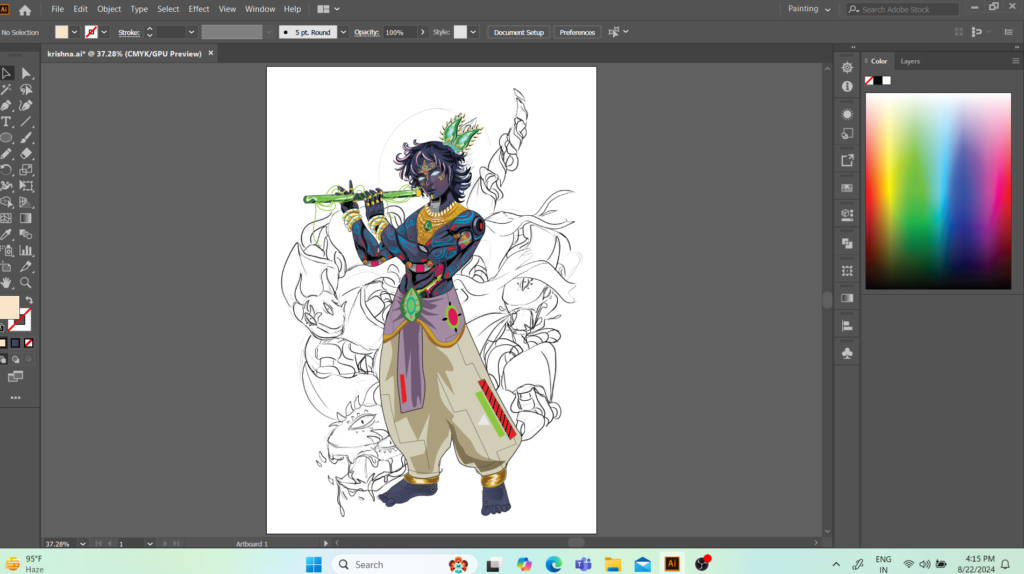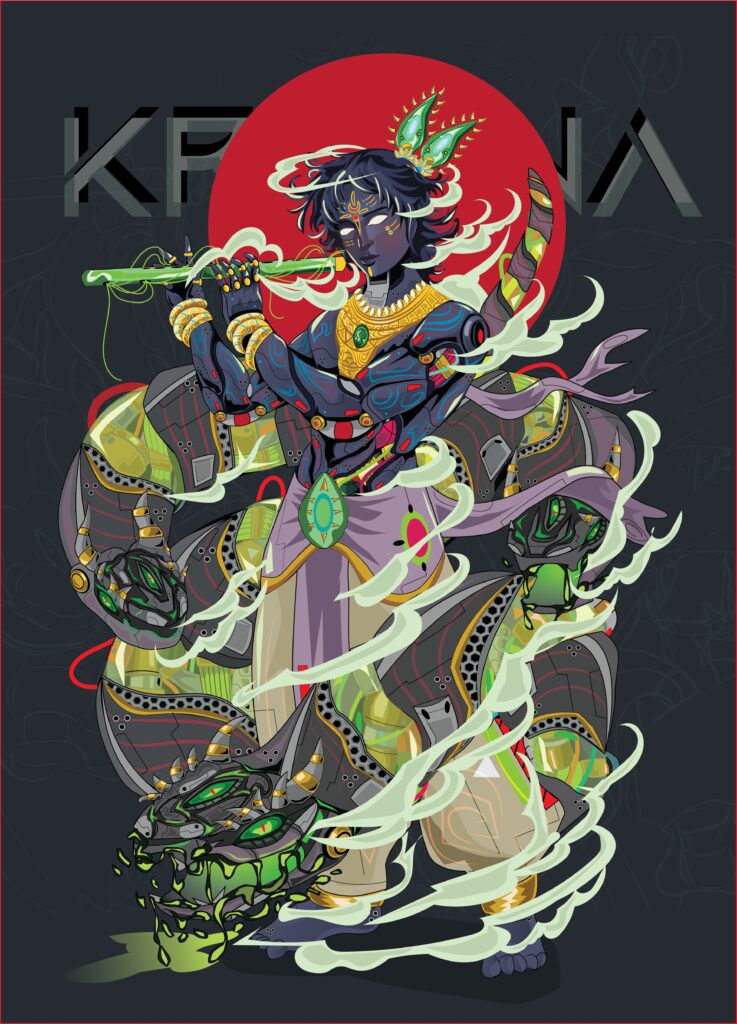Every year, as the air fills with the sweet sound of bhajans and the fragrance of fresh flowers, we know that Krishna Janmashtami is upon us. This joyous festival marks the birth of Lord Krishna, the eighth avatar of Vishnu, who is celebrated as a divine child, a mischievous cowherd, and the beloved friend and guide of Arjuna in the Bhagavad Gita.
But Krishna Janmashtami is more than just a religious festival; it is a celebration of love, devotion, and the victory of good over evil. For millions of devotees, it’s a time to reconnect with the divine and immerse in the playful, yet profound teachings of Lord Krishna.
The Spiritual Significance
Krishna’s life story is filled with episodes that resonate with deep spiritual truths. Born in the dark prison of King Kansa, Lord Krishna’s birth symbolizes the emergence of divine light in a world clouded by ignorance and evil. His playful childhood tales remind us to approach life with joy and spontaneity, while his teachings in the Bhagavad Gita provide us with timeless wisdom on duty, righteousness, and the nature of the soul.


On Janmashtami, devotees fast, chant, and meditate, seeking to purify their hearts and minds, and align themselves with Krishna’s teachings. The day is a reminder that, no matter how challenging life may seem, the divine presence is always within us, guiding and protecting us.
Traditions and Celebrations
From grand temples to humble homes, Janmashtami is celebrated with equal fervor across India and the world. In the early hours of the morning, devotees begin their day with fasting and prayer. As the day progresses, homes are adorned with vibrant decorations, and small cradles are set up to symbolize the birth of baby Krishna.

The highlight of the celebration comes at midnight, the supposed hour of Krishna’s birth. Devotees gather in temples, singing bhajans and chanting “Hare Krishna, Hare Rama” with utmost devotion. The deity of baby Krishna, often bathed in milk and honey, is placed in a beautifully decorated cradle and gently rocked, symbolizing the arrival of the divine child.

One of the most delightful traditions is the “Dahi Handi” ceremony, where a clay pot filled with curd, butter, and sweets is hung high up, and groups of young men form human pyramids to break it. This playful event is inspired by Krishna’s childhood love for butter and the mischief he would create to steal it from the homes of the villagers.
A Personal Reflection
For me, Janmashtami has always been a festival that brings back fond memories of childhood. I remember staying up late with my family, waiting for the clock to strike midnight. The excitement of placing a tiny idol of baby Krishna in the cradle, singing lullabies, and partaking in the midnight feast was something I looked forward to all year.


As I’ve grown older, the significance of Janmashtami has deepened. It’s no longer just about the rituals, but about understanding and embracing the teachings of Krishna. His message of love, compassion, and dharma (righteousness) resonates with me in every aspect of life. Whether it’s finding peace in the midst of chaos, or learning to let go of the results of my actions, Krishna’s teachings have been a guiding light.
HAPPY KRISHNA JANMASHTAMI ❤️❤️
Thank you for reading till the end.
